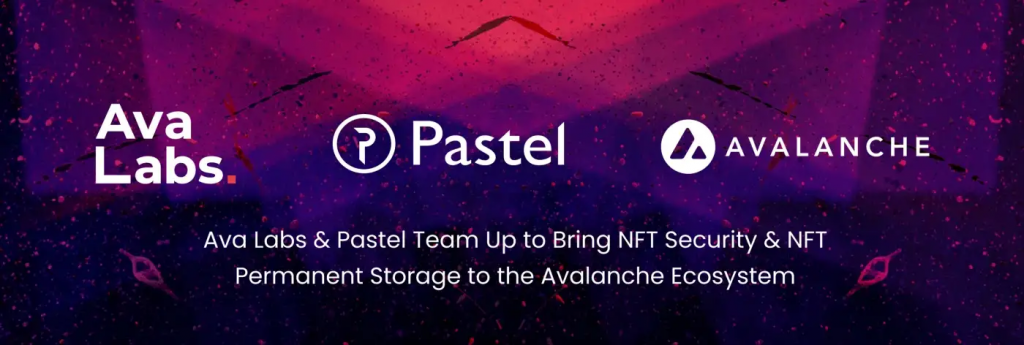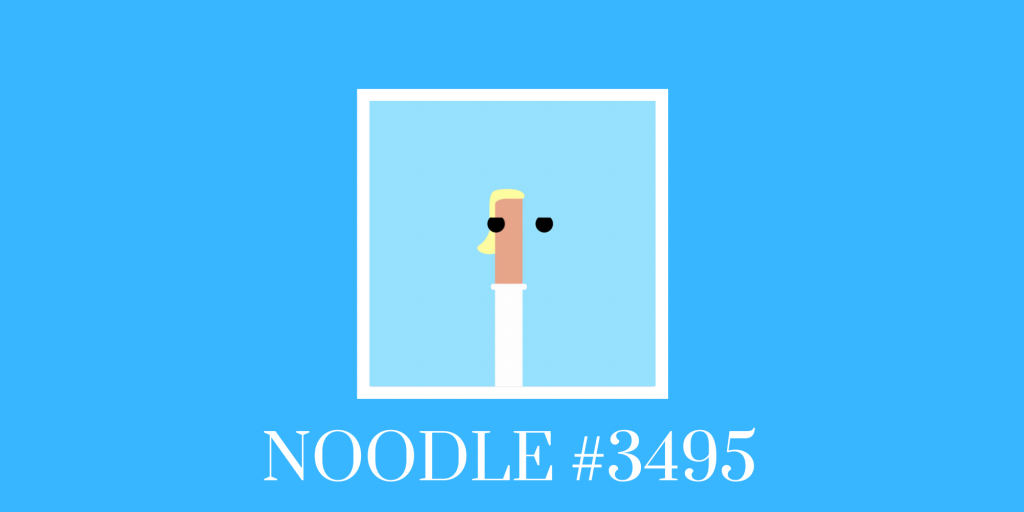September 2022
Pastel Network teams up with Ava Labs to bring NFT Security and Permanent Storage to the Avalanche Ecosystem
Pastel Network is excited to announce that it’s teaming up with Ava Labs — the builders behind Avalanche. Ava Labs will collaborate with Pastel with the goal of providing Pastel’s Sense and Cascade protocols to Avalanche’s NFT ecosystem. This collaboration signifies the continued successes of both Pastel and Ava Labs, and is a massive step …
Why NFTs Need a Scalable Storage Solution
A non-fungible token (NFT) is a physical or digital asset recorded on the blockchain. In 2022, an estimated four percent of Americans (9.3 million people) said they own NFTs– a 100% increase from 2021 shows that NFT ownership is rising. As ownership continues to increase, so will the demand for scalable storage solutions. Many of …
How to Display NFT Art (In Real Life & Online)
NFTs are digital art pieces stored on the blockchain. They can be bought and sold online in NFT marketplaces such as OpenSea or minted directly from a project’s contract. Throughout 2021 the NFT market took off, with total sales reaching over $14 billion and art pieces such as The Merge selling for $91.8 million. Many …


